Arctic Char are elusive, tough-fighting fish. One flash of their green and crimson scales beneath the water will make your heart stop, as these are no doubt the most stunning Salmonids you’ve ever seen.

But catching one is only half the challenge. You’re likely to trek through remote and pristine wilderness in search of them. And, for many anglers, this only adds to the appeal! Whether you’re casting a fly in crystal-clear streams or trolling through icy fjords, Arctic Char fishing promises both solitude and a serious test of skill. It’s quite literally the call of the wild. Are you ready to answer?
How to Identify Arctic Char
Arctic Char (Salvelinus alpinus) are aptly named for the remote and icy regions they call home. Their Arctic and sub-Arctic habitat spans across the upper reaches of Europe, Asia, and North America. In fact, no other freshwater fish can be found as far north.
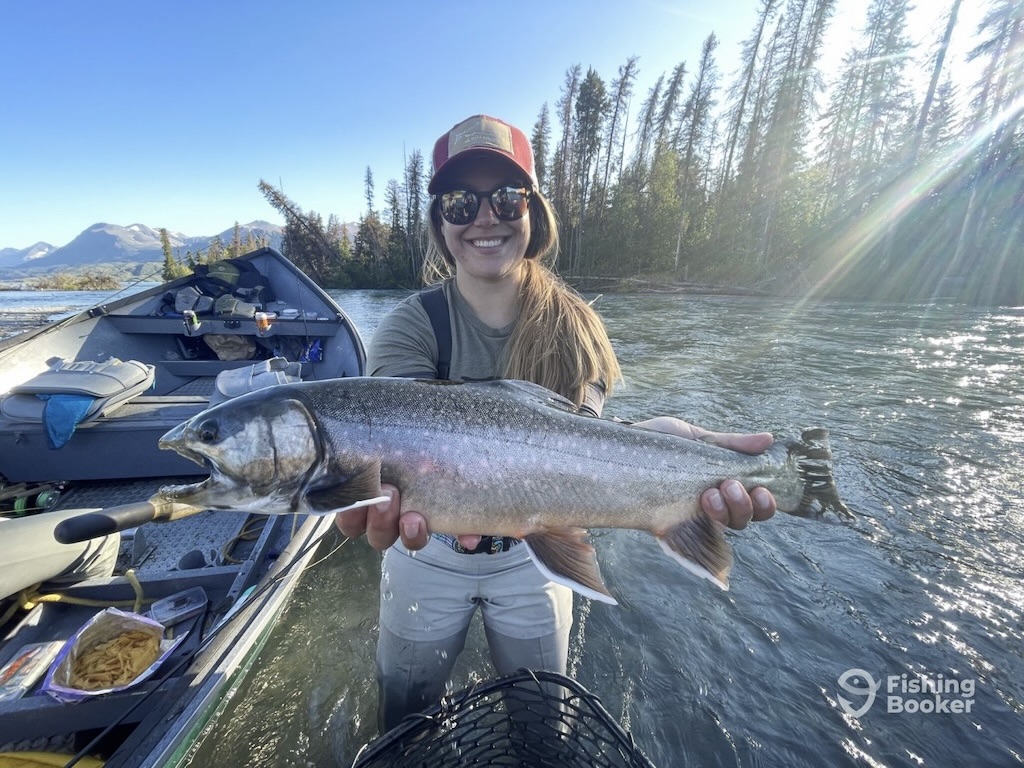
Char are fairly common in Nordic countries, but they’re far more elusive in the British Isles where they hide in deep glacial lakes. In North America, they’re mostly confined to Canada and Alaska. Of course, the rarity of these fish is one reason they’re so special.
Unique as they are, Char can be difficult to recognize. As part of the Salmonidae family, they resemble both Salmon and Trout. Like these, Char move between freshwater and saltwater. They also see drastic changes to their color depending on where they live and the season – particularly when spawning. They’re often a deep olive color on top and red or yellow on the bottom, with spots along their sides. But sometimes they’re simply chrome colored.
What’s more, Char can interbreed with closely related species like Lake Trout and Brook Trout, which will leave you scratching your head even harder if you happen to catch their offspring! In fact, there are so many “morphs” occurring within their species that Char are considered one of the most variable vertebrates on the planet.
But for the average angler, there are just a few fish you need to worry about crossing paths with on your Char hunt. These are Salmon, Trout, and Dolly Varden.
Arctic Char vs. Salmon

Spotting the difference between various kinds of Salmon is already a challenge. Now you have Char in the mix! Luckily, there are a couple of clues to help you compare Char vs. Salmon:
- Fins. Char have very large fins, particularly the pelvic fins extending from their bellies. These grow much longer than the same fins on Salmon. You’ll also notice that every fin on a Char has pale edging, which never occurs in Salmon.
- Spots. Char have dark sides with light spots. Their spots vary in color, from cream to yellow or even bright red. When Salmon have spots, they’re dark.
Arctic Char vs. Trout
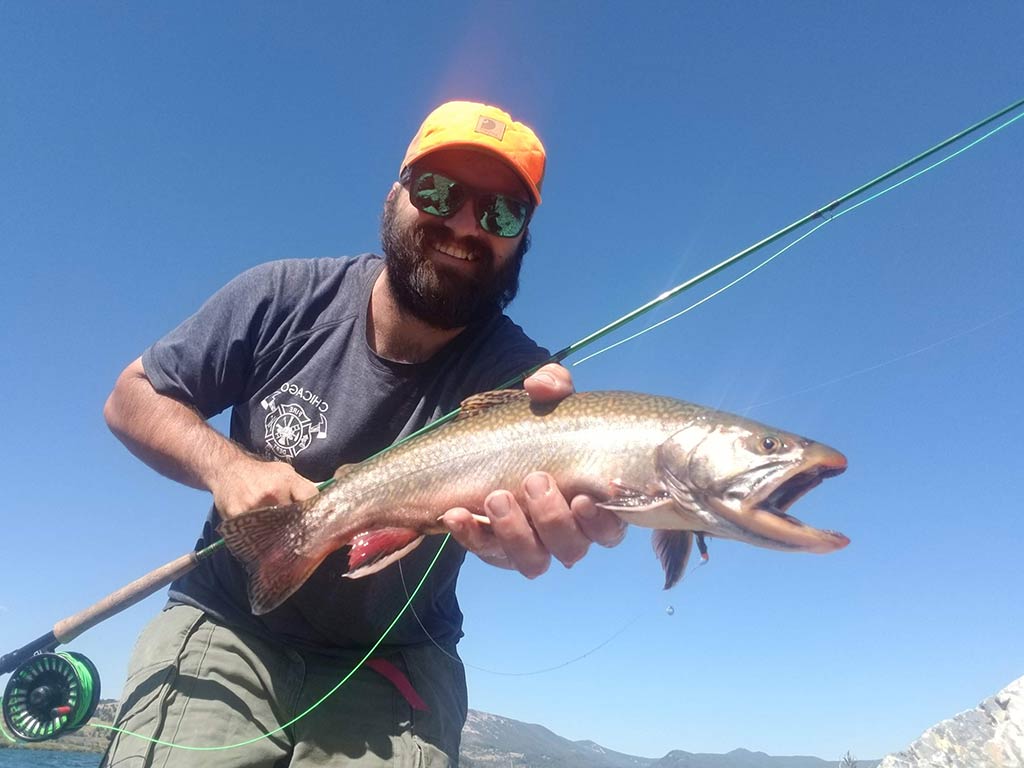
It can be much harder to tell Char apart from certain Trout, but not impossible. With so many Trout to compare, we could probably write a whole book on the topic. But we’ll save you some time (and headache) by saying this:
- Trout usually have light sides with dark spots, while Char have dark sides and light spots. The most notable exceptions to this are Brook Trout and Lake Trout, who have light spots. And, as it happens, these two are not true Trout at all – they’re actually Char!
- Whereas many Trout have dense spotting and worm patterns, Char have large, evenly spaced spots.
- Many Trout are covered in spots, including their faces, but Char have no spots on their cheeks.
- Brook Trout (pictured above) look the most like Char, down to the white edging on their fins (remember, they’re technically Char as well). However, look closely and you often can see a worm pattern along their backs. Lastly, you’ll notice Brook Trout have spots in multiple colors (such as yellow and red, or yellow and purple). The spots on Arctic Char are usually one color.
For a closer look at Trout vs. Char, see our full guide on the different Trout of North America.
Arctic Char vs. Dolly Varden

Now, enter Dolly Varden. Despite being known as Dolly Varden Trout, these are yet another type of Char. And boy, do they look the same as Arctic Char (and we do mean, the same – see above).
Dolly Varden only came to be recognized as a separate species relatively recently. In fact, Alaska’s Fish and Game department still has combined harvest regulations for Dolly Varden and Arctic Char because anglers have such a hard time telling them apart. Pull up their pictures side by side and you’re sure to start seeing spots!
Speaking of spots – those won’t be a dead giveaway anymore. Dolly Varden have the same light spots and white fin edges that you’ll find on Arctic Char. There are, however, a few other differences you can see:
- Tail fins. Arctic Char have moderately forked tail fins, whereas the tails on Dolly Varden appear almost flat.
- You can also look at the section of these fish leading to their tail fins. Arctic Char have narrow or slender tails while Dolly Varden are more stout toward the end. In scientific terms, we’re referring to the “caudal peduncles” on these fish (try saying that one five times fast!).
- Spots. If you have a really keen eye, you may notice that Dolly Varden have smaller spots in front of their dorsal fins, whereas spots in the same area of an Arctic Char will be larger than their pupils and spaced further apart from each other.
So, how do Char stack up against all these fish in terms of size? The short answer is – roughly the same. Your average Char can’t compete with a monster King Salmon, but a trophy fish is certainly going to bend your rod a little. These fish typically weigh 2–10 pounds, and can reach 15 or more on occasion. Sea-run Char may even grow to 20 pounds. The current IGFA All-Tackle record for Arctic Char is an impressive 32 pounds, 9 ounces, caught in the Tree River, Canada.
Best Arctic Char Fishing Spots
Arctic Char aren’t your neighborhood pond fish – they swim in some of the most scenic and untamed wilderness on the planet. Thanks to modern logistics, though, they’re more accessible than ever – especially for diehard anglers who enjoy a little rough-and-tumble in pursuit of that fish of a lifetime. Here are some of the top spots around the globe where you can find them.
Alaska

No American state produces more Char than Alaska. They inhabit sweeping landscapes across the Alaska Peninsula, Kigluaik and Kuskokwim Mountains, Kenai Peninsula, and Kodiak Island. You can also find them in a small area of Interior Alaska near Denali Park.
Guides based in cities such as Homer, Kenai, and Soldotna will often fly you out to remote lakes and rivers in order to help you find that perfect fish. Homer itself is a respectable Char fishing destination, especially if you’re interested in sea-run fish. It’s common to combine Char fishing with Salmon fishing during their summer and fall runs.
Peak Char fishing in Alaska runs from July through early September. Specific size and bag limits may vary depending on the region, but in most places you’re allowed to keep up to two of these fish per day. Be sure to refer to the rules outlined by Alaska’s Department of Fish and Game.
Nunavut
More remote still are Canada‘s northern territories. They say it’s here that the biggest Char can be found. After all, the world record was set in Nunavut’s Tree River! While the fish are indeed mighty, your greatest challenge will be the environment itself. There’s only one camp along the Tree River, and the Arctic’s dramatic seasonal changes impact your ability to get there.
If this glacial hideaway is calling your name, be sure to time your trip right. There’s a 6–8 week window during summer when you can target Char at the end of the runoff. This usually happens from mid-July through the end of August, at which point the river camp will close.
Nunavut is a true homage to Arctic Char fishing. The territory allows you to possess a limited number of Char depending on the area, while many guides and fishing lodges practice catch and release.
Norway
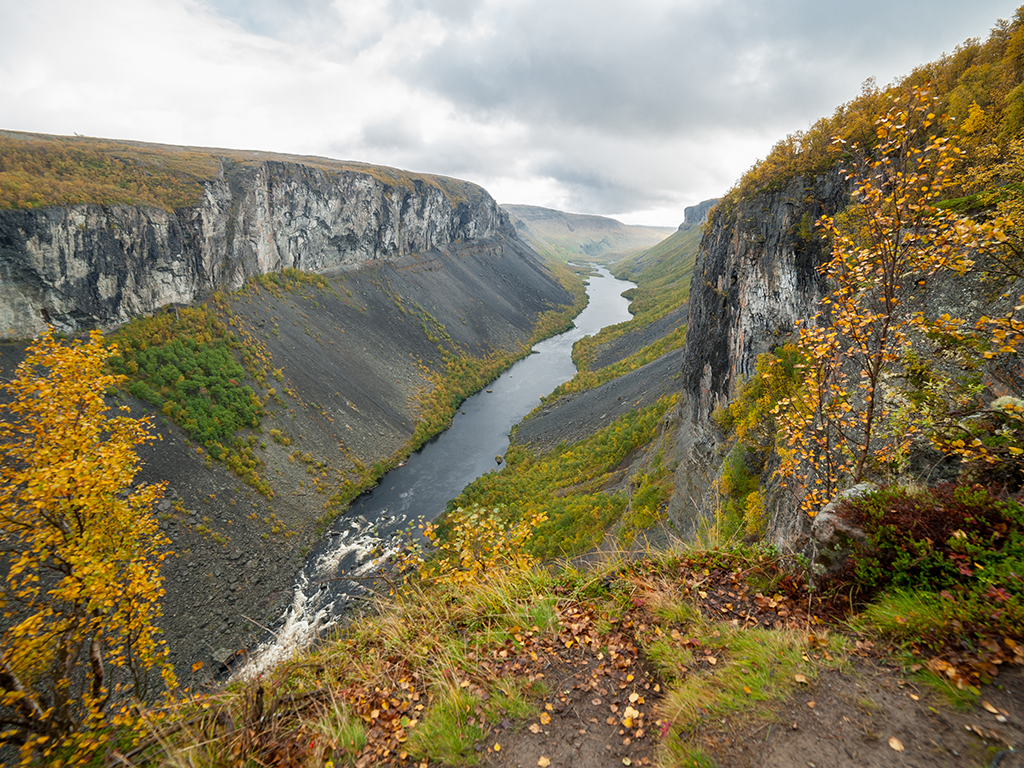
In Norway, Arctic Char inhabit northern lakes and alpine streams, especially above the Arctic Circle in regions like Troms and Finnmark. The Alta River and Tana River systems, while famous for Salmon, also offer opportunities to hook into Char. Some of the most productive Char fishing takes place in smaller mountain lakes, however, where hiking in and fishing from shore with spinning or fly gear is popular.
The prime time to fish for Arctic Char in Norway is June through September, depending on ice melt and river flow. Local fishing regulations vary, but many areas enforce daily bag limits and require a fishing license. Your guide is likely to encourage catch and release.
Russia
Russia’s Kola Peninsula is arguably the best-known destination for Arctic Char fishing. Rivers such as the Kharlovka, Rynda, and Varzina flow through this rugged, untouched landscape and hold healthy stocks of Char. These waters are typically accessed through high-end fishing lodges and guided expeditions, which will not only help you find your way but also help you follow local regulations.
Char season on the Kola Peninsula runs from late June through August, with fly fishing being the method of choice. Conservation practices like catch and release are common, particularly on private beats managed by international outfitters.
And More
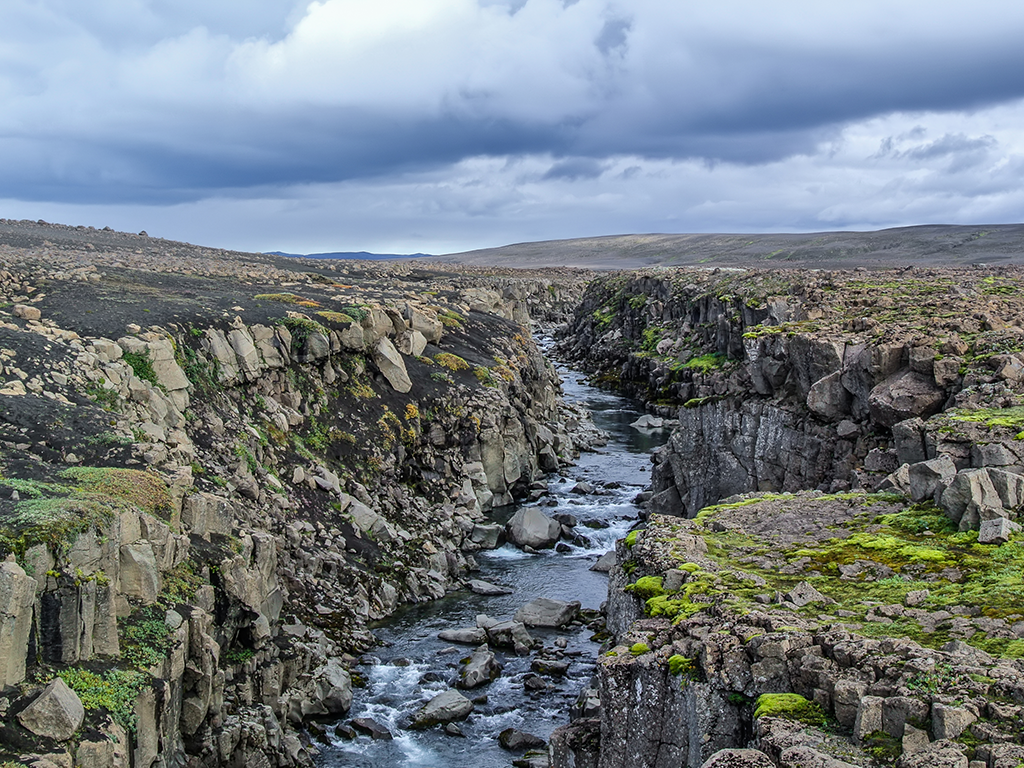
Great Char fishing doesn’t end there. For the ultimate escape, turn your eye to the Arctic waters of Iceland and Greenland. On top of breathtaking scenery, the countries’ rivers and fjords are teeming with millions of sea-run Char. The Kangia River in Greenland is famous for fly fishing, as are many other destinations along the west coast. Meanwhile, you can catch Char all over Iceland, with the best fishing in rivers like the Kaldakvísl, Vatnsdalsá, and Holá.
Both countries are well-suited to fly fishing. Again, summer is prime Char fishing season. Fishing with a local guide is the easiest way to follow local regulations, having in mind that catch and release is always encouraged, even if you are allowed to possess a certain number of fish.
How to Fish for Arctic Char
There are multiple ways to fish for Arctic Char, but they’re not always easy to catch. Their feeding behavior changes dramatically based on water temperature, spawning cycles, and whether they’re in freshwater or saltwater. Being familiar with local conditions and the habits of these fish is critical, which is why your chances are so much higher with a guide.
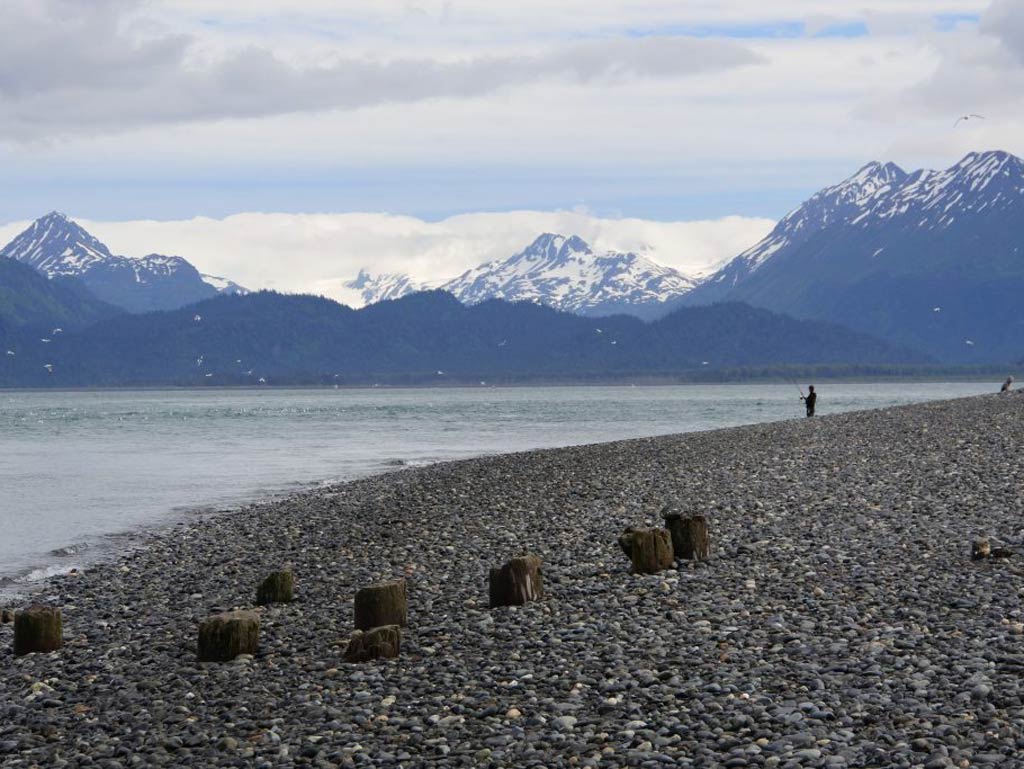
And then there’s the fact that Char exist in such a wide variety of countries. Fishing for them won’t be the same in any two places, which is challenging as well as a great learning experience. Find a local to help you out and you’re likely to pick up some new tricks! We’ll leave that part of the adventure to you and send you on your way with some basic information…
Fly fishing is by far the most popular method when fishing for Char in rivers. Streamers like Woolly Buggers and Zonkers are particularly effective when swung through deeper pools or retrieved across current seams. Stripping also works well, especially if you start high in the water column so that your fly passes over the fish and catches their attention without spooking them. Opt for bright colors like orange, red, or chartreuse during the pre-spawning phase.
Spinning and casting are also effective, and anglers tend to prefer these when fishing in lakes and estuaries. Spoons, spinners, and small crankbaits that mimic bait fish or leeches can be very productive. Look for Char near deep pools, submerged rocks, and inlets where cold water flows.
In large lakes, you may even target your catch by trolling. Using downriggers or lead-core lines helps reach deeper water where Char escape warmer surface temperatures during summer.
Arctic Char Fishing Gear & Bait
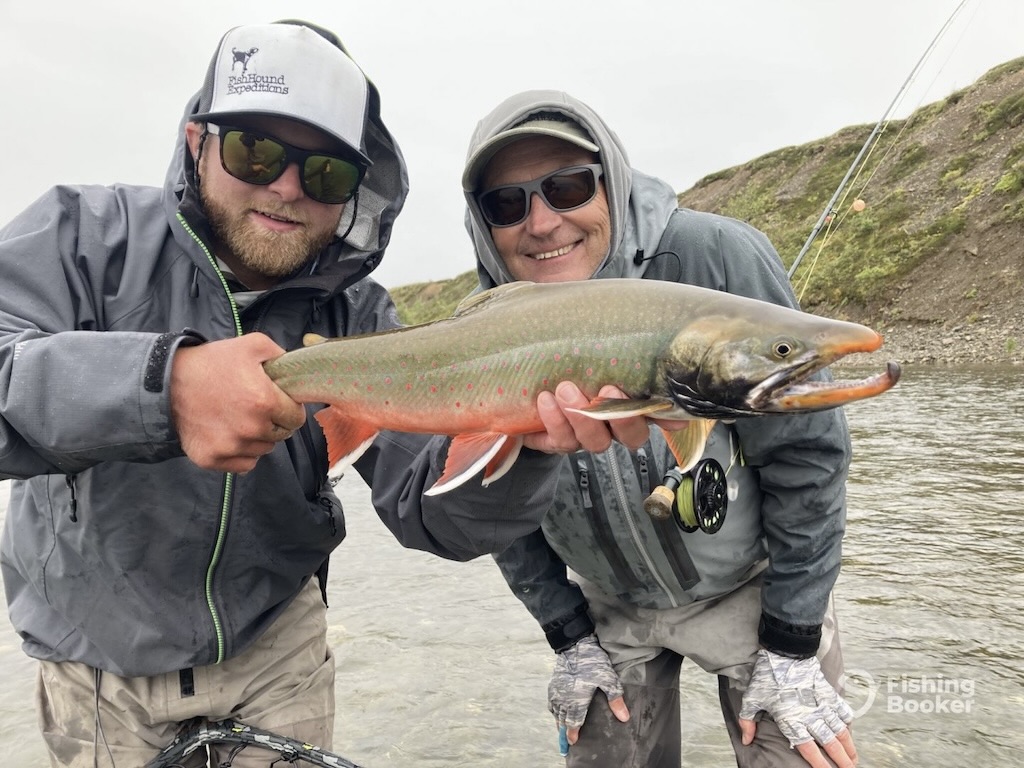
A 6–8 wt fly rod is ideal for most Arctic Char fishing, especially in moving water. Pair it with a matching large-arbor reel with a strong drag system. You’ll want to use floating or sink-tip lines depending on the water depth. Your leader should be 9–12 feet, tapered to a 4x–1x tippet.
For spinning setups, a medium-light to medium-action rod with a 3000–4000 size reel is great for casting lures and handling these strong fish. Use 10–15 lb monofilament or fluorocarbon line for less visibility.
Many fisheries require single hooks when targeting Char and similar species. Be sure to use barbless hooks if you plan on releasing your catch.
As for bait, it’s more common to fish for Char using artificials. Spoons, spinners, jigs, and soft plastics in natural or bright colors are popular choices. Fly fishermen can catch Char using wet or dry flies. The best nymphs and wet fly patterns for these fish are Woolly Buggers, Zonkers, Pheasant Tail Nymphs, and Hare’s Ear. Streamers should imitate leeches or small bait fish.
When to Fish for Arctic Char
The best time to go fishing for Char is during summer and early fall (June to September). This is when fish are actively feeding, migrating, and spawning throughout their Arctic range. Early in the season, the fish will feed aggressively, followed by a peak in activity during July and August. As temperatures cool in September, Char continue to feed actively in preparation for winter.
Always check local fishing regulations, as some areas have specific seasons, catch limits, and gear restrictions to protect spawning populations.
Arctic Char: Get Ready to Chart Your Course
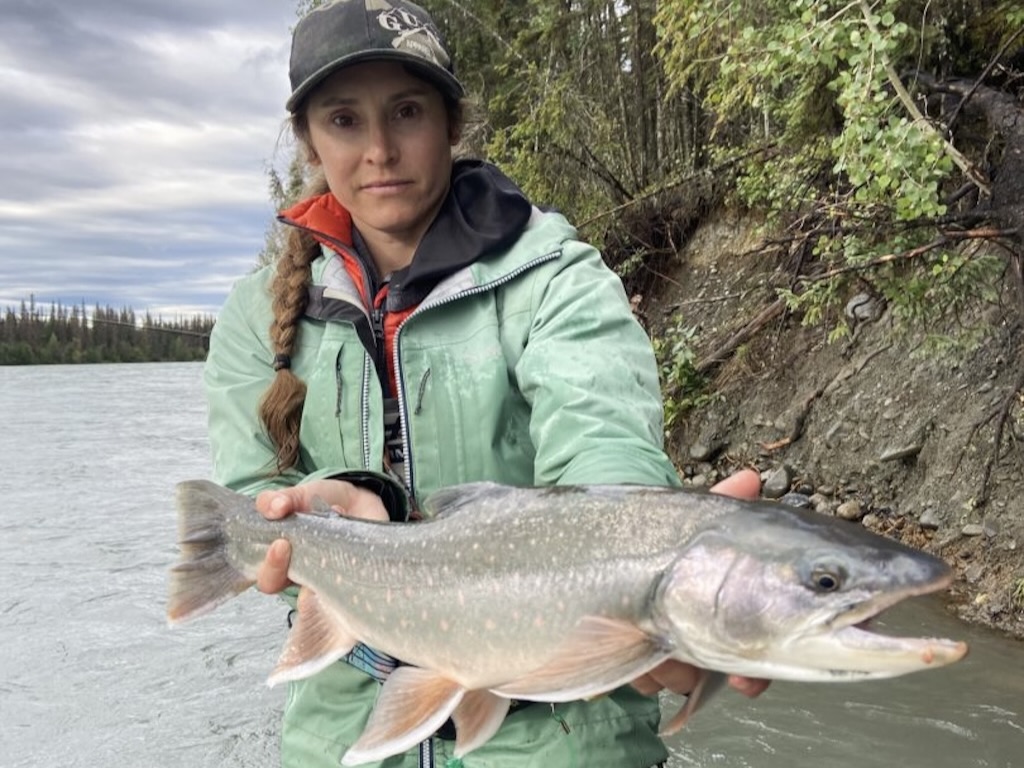
Like their Salmonid cousins, Char fight hard and taste exceptional. Fishing for them is about much more than landing one, however – it’s about losing yourself in the Arctic wild. Reaching their waters won’t be easy, and hooking one may be even harder, but your journey will be a true escape from the rest of the world.
These fish may not be as widespread as Salmon or Trout, but there’s a wide array of countries where you can fish for them – and each one promises a unique experience. Really, the question isn’t where to go Char fishing, but rather: where next?
Have you ever been on a Char fishing adventure? Where did you go? We’d love to hear your stories in the comments below!
